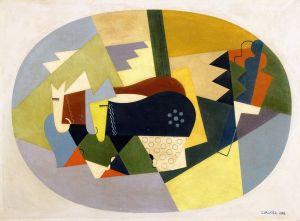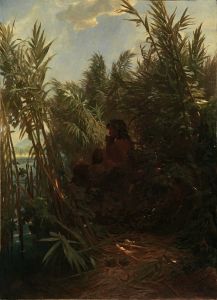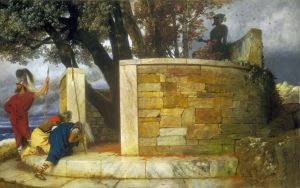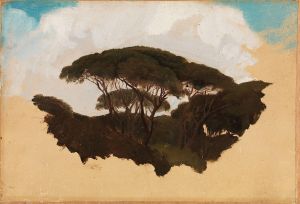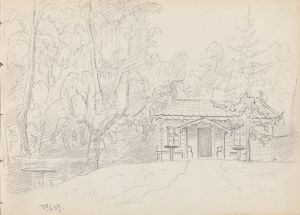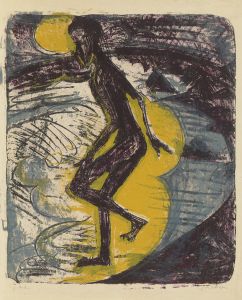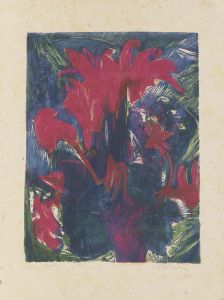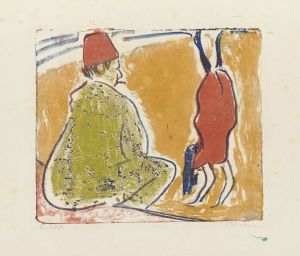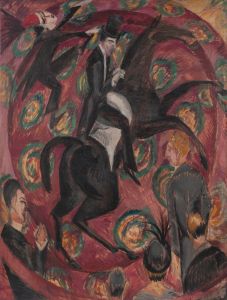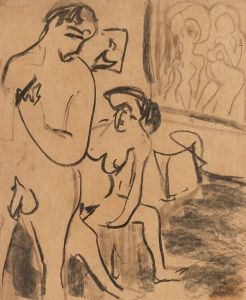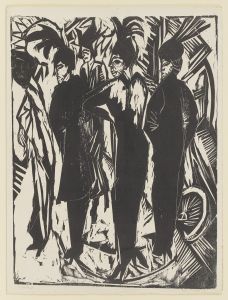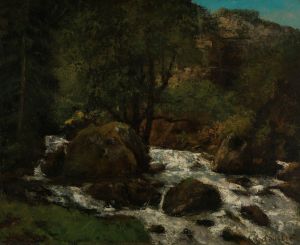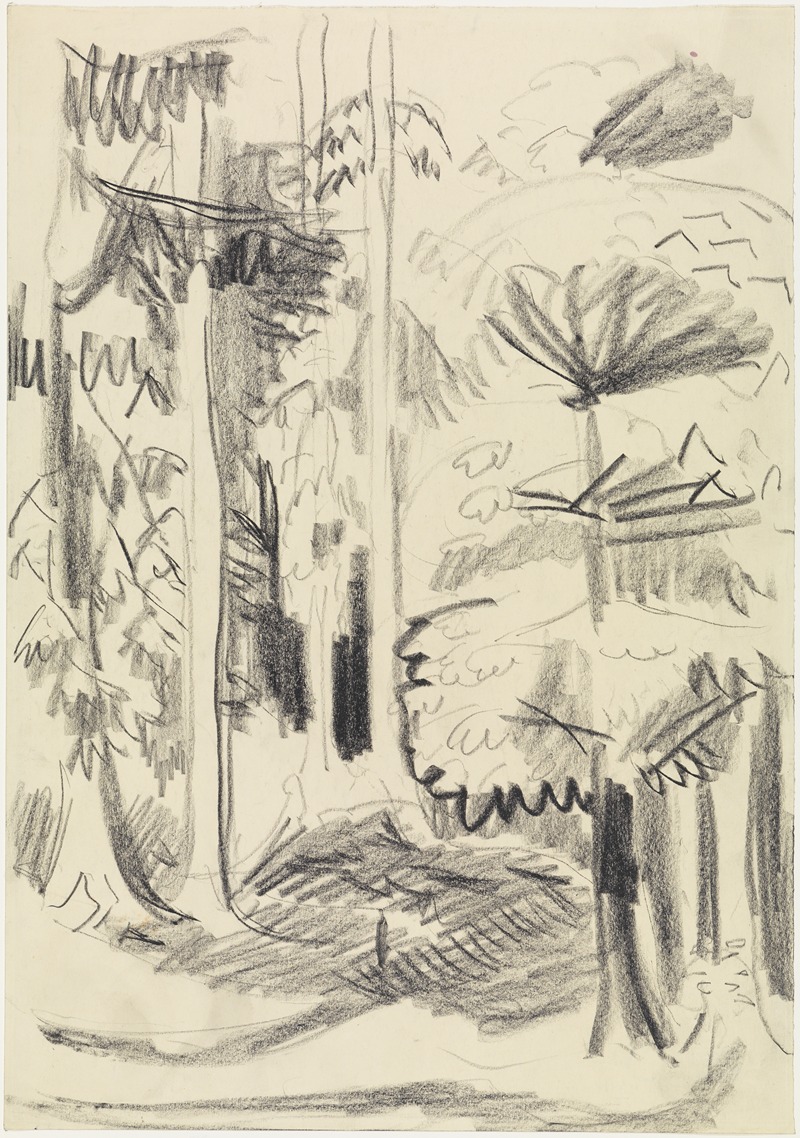
Mischwald
A hand-painted replica of Ernst Ludwig Kirchner’s masterpiece Mischwald, meticulously crafted by professional artists to capture the true essence of the original. Each piece is created with museum-quality canvas and rare mineral pigments, carefully painted by experienced artists with delicate brushstrokes and rich, layered colors to perfectly recreate the texture of the original artwork. Unlike machine-printed reproductions, this hand-painted version brings the painting to life, infused with the artist’s emotions and skill in every stroke. Whether for personal collection or home decoration, it instantly elevates the artistic atmosphere of any space.
Ernst Ludwig Kirchner was a prominent German expressionist painter and one of the founding members of the artist group Die Brücke (The Bridge), which played a pivotal role in the development of modern art in the early 20th century. Kirchner's work is characterized by its bold use of color, dynamic compositions, and emotive subject matter. Among his notable works is "Mischwald," a painting that exemplifies his distinctive style and thematic interests.
"Mischwald," which translates to "Mixed Forest" in English, is a work that reflects Kirchner's fascination with nature and his desire to capture the emotional and psychological experiences of the natural world. The painting is believed to have been created during a period when Kirchner was deeply influenced by the landscapes of the Swiss Alps, where he spent a significant amount of time after moving to Switzerland in 1917. This relocation was partly due to his need to recover from the psychological trauma he experienced during World War I.
In "Mischwald," Kirchner employs a vibrant palette and expressive brushwork to convey the vitality and dynamism of the forest. The painting features a dense arrangement of trees, rendered in a way that emphasizes their organic forms and the interplay of light and shadow. Kirchner's use of color is particularly striking, with bold greens, blues, and earth tones that evoke the lushness and diversity of the forest environment. This approach to color and form is characteristic of Kirchner's expressionist style, which sought to convey emotional truths rather than representational accuracy.
The composition of "Mischwald" is dynamic, with a sense of movement and rhythm that draws the viewer into the scene. Kirchner's brushstrokes are energetic and fluid, creating a sense of immediacy and spontaneity. This technique reflects his interest in capturing the essence of a moment and the emotional impact of the natural world. The painting does not merely depict a forest; it invites the viewer to experience the forest's vibrancy and the artist's emotional response to it.
Kirchner's work, including "Mischwald," is often seen as a reaction against the industrialization and urbanization of the early 20th century. By focusing on natural landscapes, Kirchner and his contemporaries in Die Brücke sought to reconnect with a more primal and authentic experience of life. This return to nature was also a form of escapism, offering solace and inspiration in a rapidly changing world.
"Mischwald" is a testament to Kirchner's skill as a painter and his ability to convey complex emotional states through his art. It remains an important example of expressionist landscape painting and continues to be studied and appreciated for its artistic and historical significance. Kirchner's work, including "Mischwald," is housed in various collections around the world, where it continues to inspire and engage audiences with its bold vision and emotional depth.





